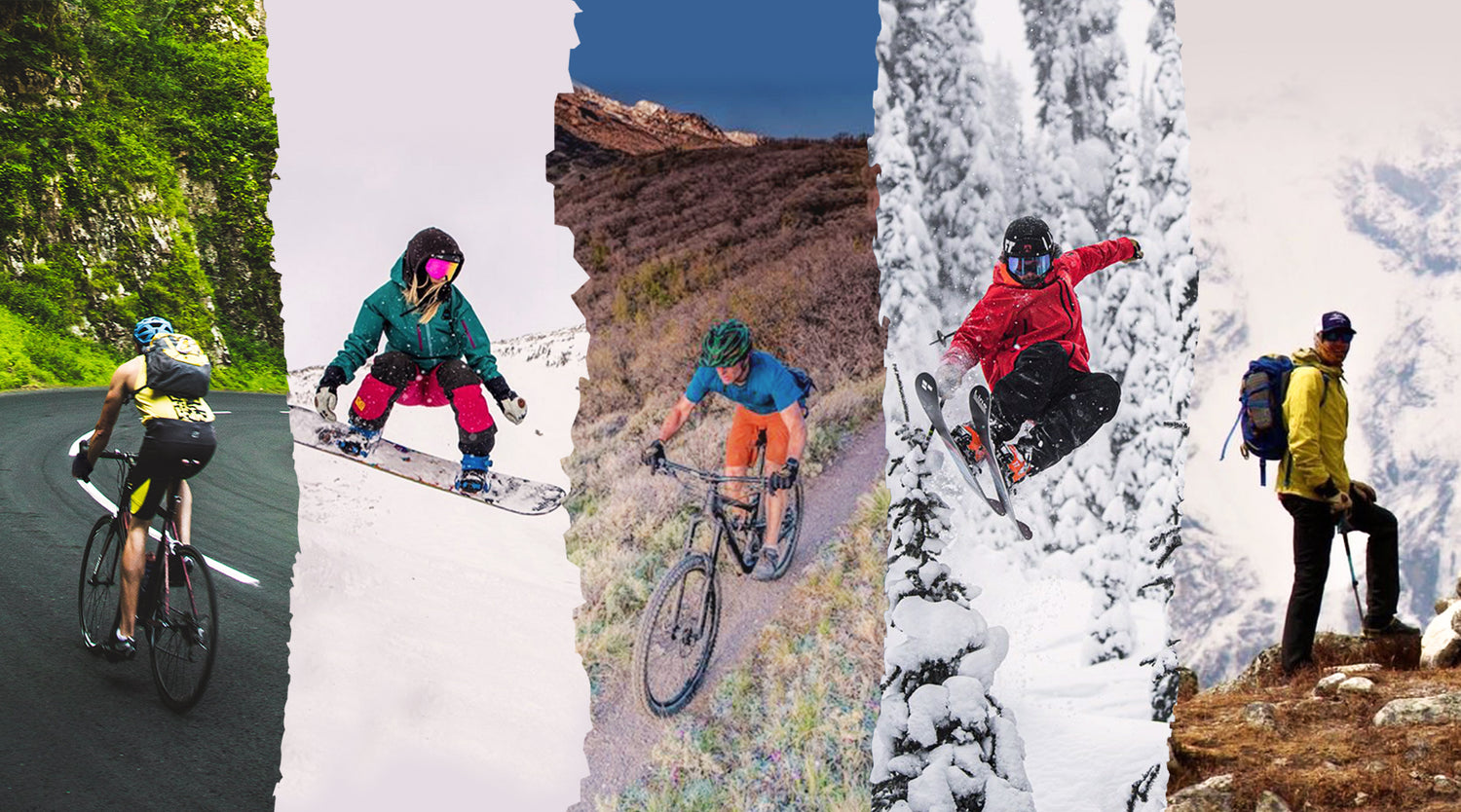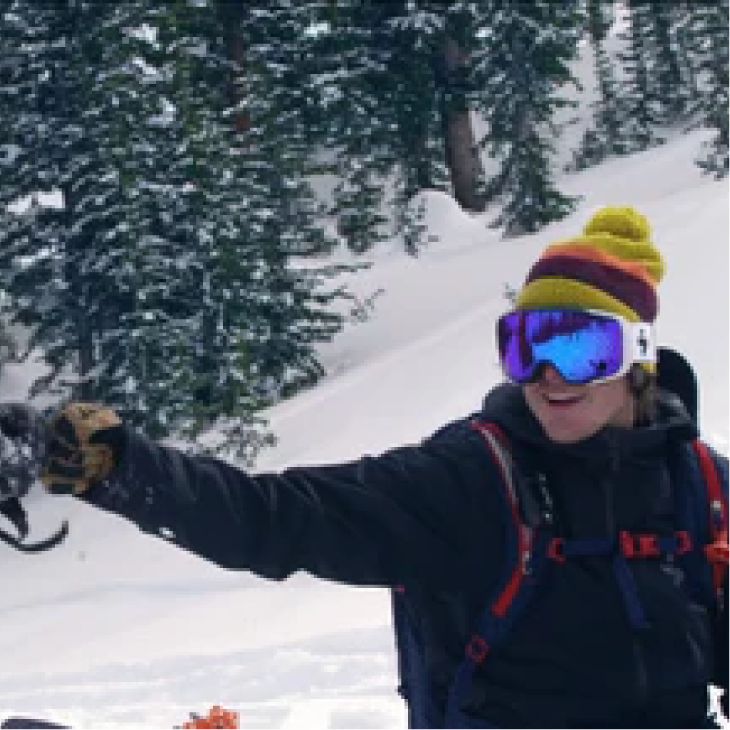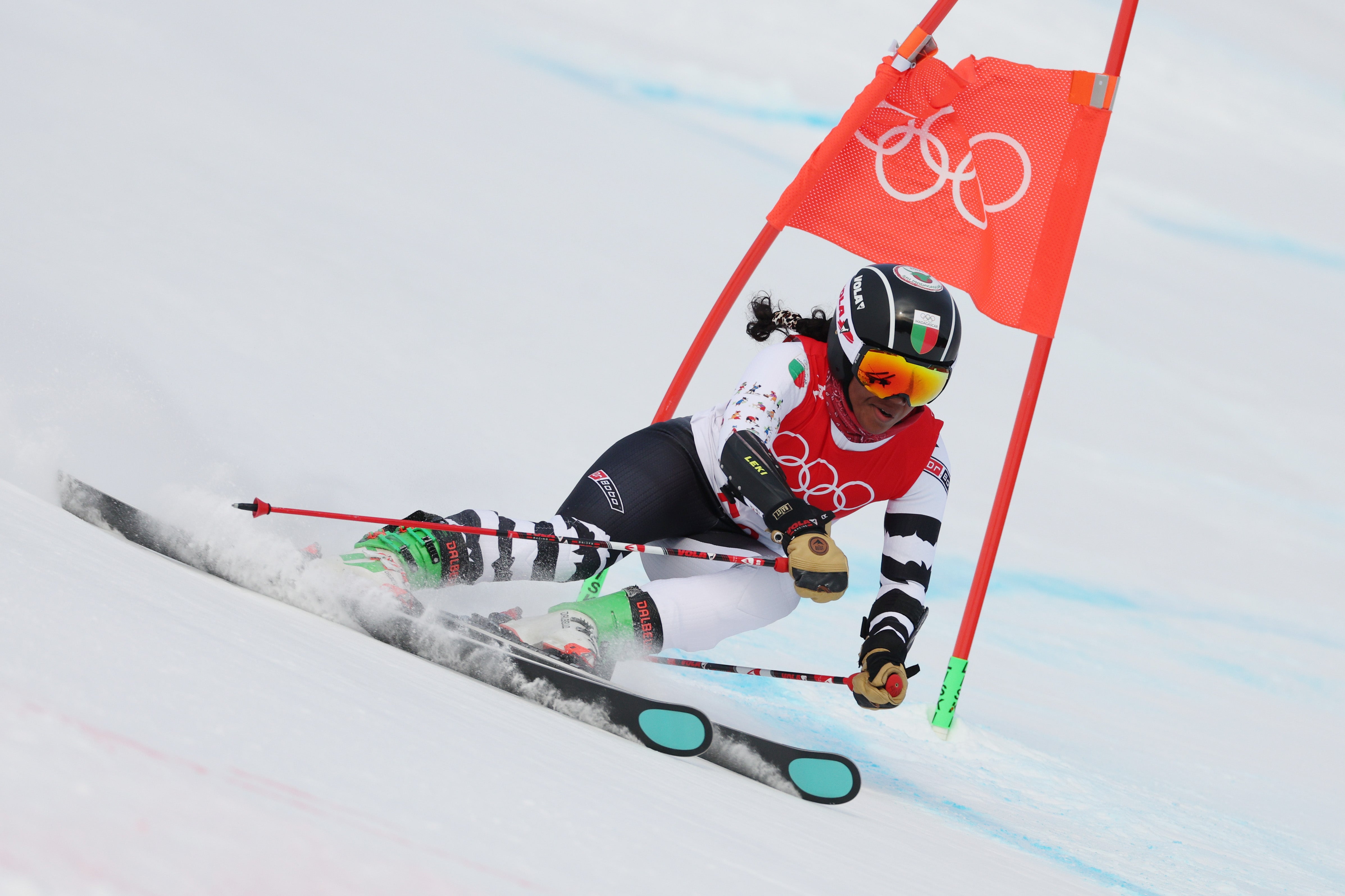Voluntariosa, a short film from ROMP (Range of Motion Project) follows Sara Lucio Paredes, an amputee climber, and her journey to summit one of South America’s most iconic peaks.
By Owen Clarke
Photos by Santino Martirano

Sara Lucio Paredes, of Ecuador, lost her right leg below the knee at a young age.
As a child and young adult, she dealt with regular breaks and other leg injuries due to a chronic disease, resulting in incessant brutal surgeries. Despite her poor quality of life and constant pain, her doctor continued to advise against amputation, telling her that she still had a viable limb. That may have been true, but Sara believed the limb was holding her back. She wanted to get on with her life, whatever the cost, rather than spend the rest of her days in and out of the hospital.
So, two years ago, she finally chose to have the leg amputated once and for all. “The recovery process wasn’t [easy], but it was the best decision I’ve ever made in my life,” she said. “I wouldn’t change a single thing.”

Directed by climber and photographer Ted Hesser, the new documentary Voluntariosa (Spanish for “strong-willed”) follows Sara post-amputation, as she and a group of other amputees attempt to climb the stratovolcano Cotopaxi (19,347 feet).
Cotopaxi is the second-highest mountain in Ecuador, and one of the largest active volcanoes in the world, having erupted at least 87 times on record. Its volcanic mudflows (“lahars”) have traveled over 60 miles, and mingled with both the Pacific Ocean and the Amazon River!
BAÏST donated gear to this mission, and many of the climbers, including Sara, wore BAÏST gear on the mountain.
Today, Sara works full-time for Range of Motion Project (ROMP). The nonprofit, which organized the Cotopaxi expedition, is a healthcare organization dedicated to providing prosthetic care for amputees in underserved populations. ROMP operates clinics in several countries: the United States, Guatemala, and Ecuador. Sara works in the nonprofit’s Quito clinic, helping other Ecuadorian amputees access prosthetic care and support post-amputation.
“My physical therapist has told me this [damage] could happen to the other leg in the same way,” said Sara in the film. “And [that I] need to be aware of this, because at some point the damage will progress. But I’d rather keep living, enjoying nature, mountains, and my life, pushing boundaries. If it happens, I’ll find a way around it. I’ll learn to use a [second] prosthetic leg if I have to. I know it’s possible.”
“I hope [my story] will inspire other girls and women not to question their abilities,” she added. “If I could tell those girls and women something, it would be: ‘Fight back as hard as you can.’ You never know what comes after trying and failing and getting back on your feet and trying again.”
We’re proud to be a small part of Sara’s story. At BAÏST, we believe in supporting all athletes pushing the limits, whether they’re two skis or two wheels (and on two legs or one)!




Commenta
Nota che i commenti devono essere approvati prima di essere pubblicati.
Questo sito è protetto da hCaptcha e applica le Norme sulla privacy e i Termini di servizio di hCaptcha.